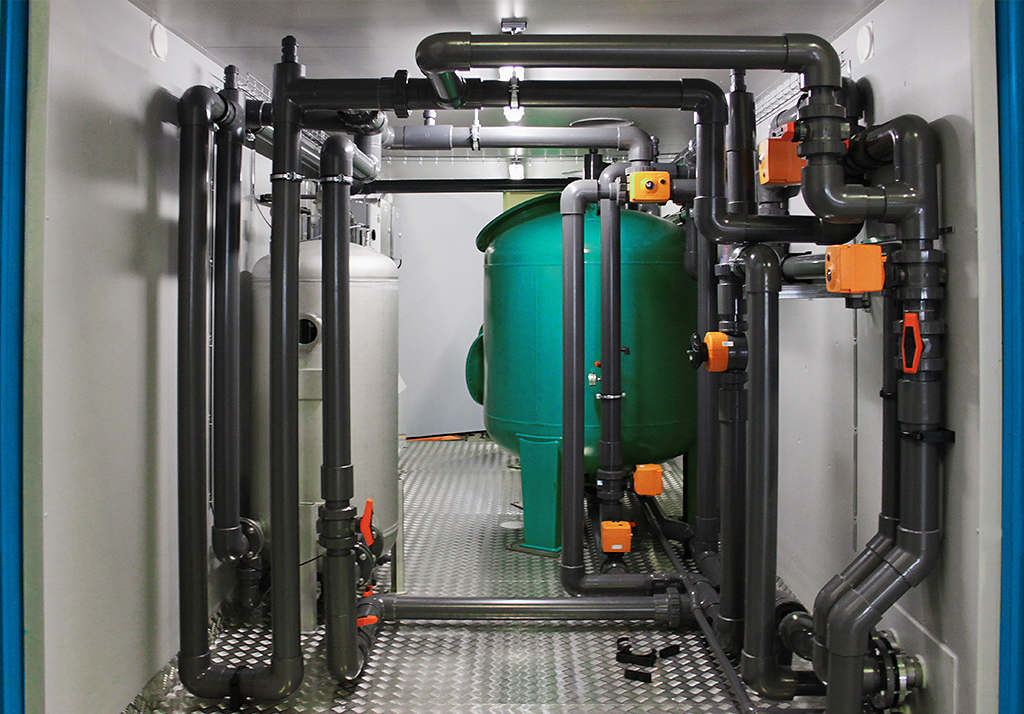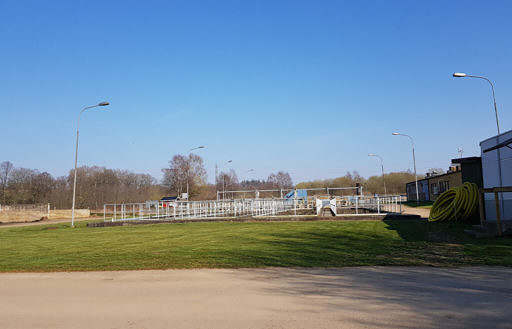
Sorsele municipality install full-scale micropollutant treatment solution
Introduction.
The 8,000-population municipality located near the arctic circle, takes great pride in their motto “a small name in a large place”. It is rich in salmon fishing, kayaking and hosts a number of protected animal species. Hence, preserving the environment is of utmost importance to the local decision makers. Sorsele municipality has worked intensively with eco-tourism and sustainability for many years and continues to be a driving force to sustain a thriving environment.
The problem.
The municipal wastewater is handled centrally at Sorsele wastewater treatment facility and serves the entire region. It treats wastewater using a grit trap complemented with primary sedimentation and phosphorus coagulation chemical dosing – a very basic system which needed upgrading, commensurate with preserving the water quality in the recipients. Further, such a basic configuration, with its roots from the plant construction decades ago, is not able to manage the emerging problems of pharmaceutical residues. An additional challenge is to maintain maximum treatment levels were the highly variable seasonal flow changes, due to the massive spring melt water flows.
The solution.
Utilizing the wealth of experience of public utility wastewater management team and Mellifiq’s leading engineering expertise in complex wastewater treatment challenges, a complete full-scale solution was developed, adapting to water infrastructure conditions on site.
Mellifiq implemented a pre-filtration system to manage the elevated suspended solids and dissolved organic material concentrations due to the lack of a secondary biological treatment step.
In addition, an advanced Ozonetech RENA Tellus X ozonation system and Water Maid FlexKarb C filter polishing process was implemented to ensure maximum performance and operational redundancy. The solution was integrated into a 20 ft containerized thermal isolation system and a pump system for process water supply.

Evaluation.
The complete plant extension, acting as a de facto tertiary treatment process, was constructed in less than six months, followed up by performance testing during three months in 2021, and has been in operation since then.
Not only do the results show a drastic 94% reduction in total pharmaceutical residues concentrations, BOD, COD, DOC and TOC were reduced by more than 20%, boosting the overall wastewater treatment performance.
In spite of the relatively high contamination levels of the feedwater, total specific energy costs were less than EUR 0.03/m³.





